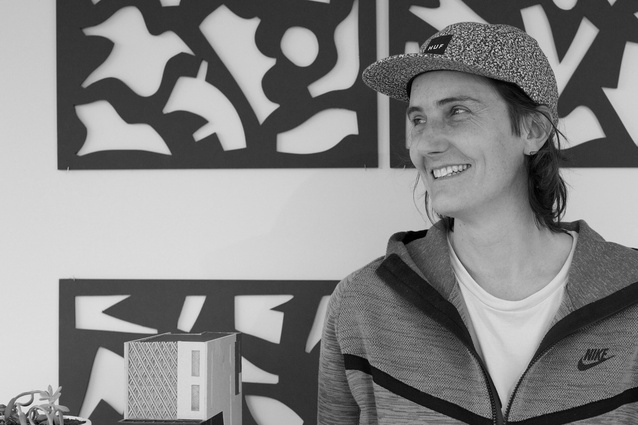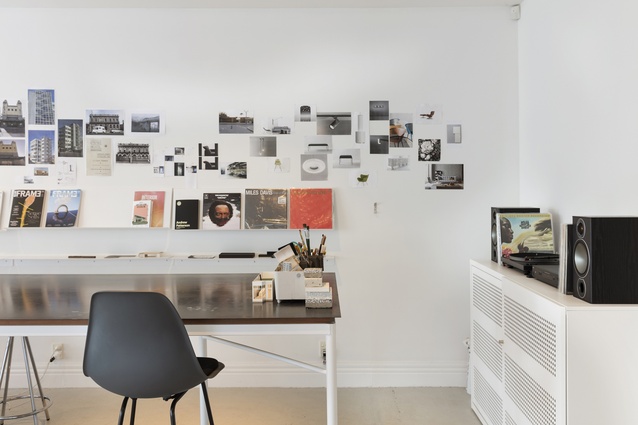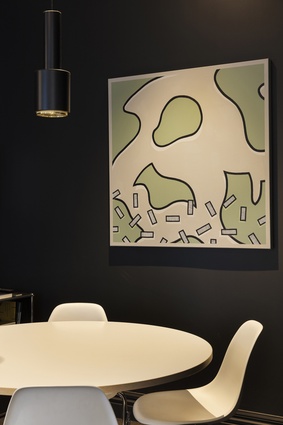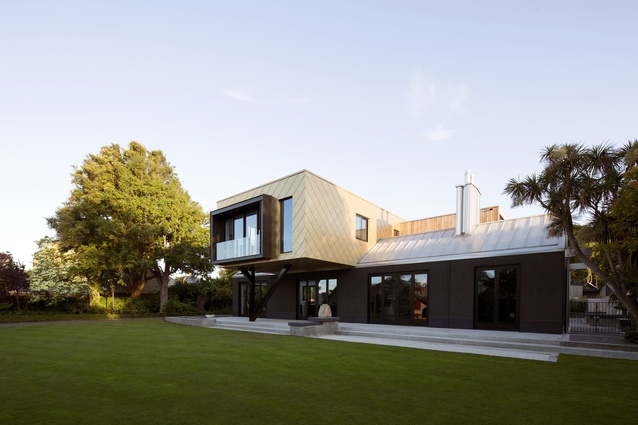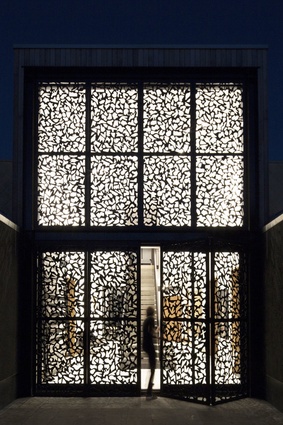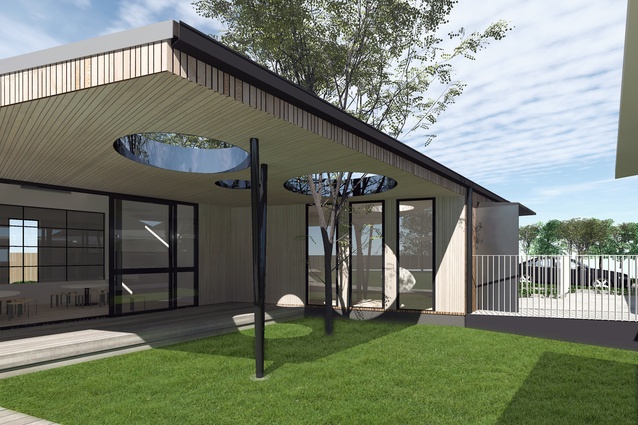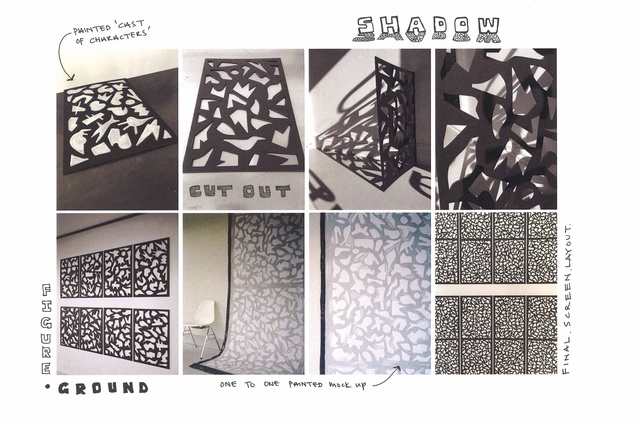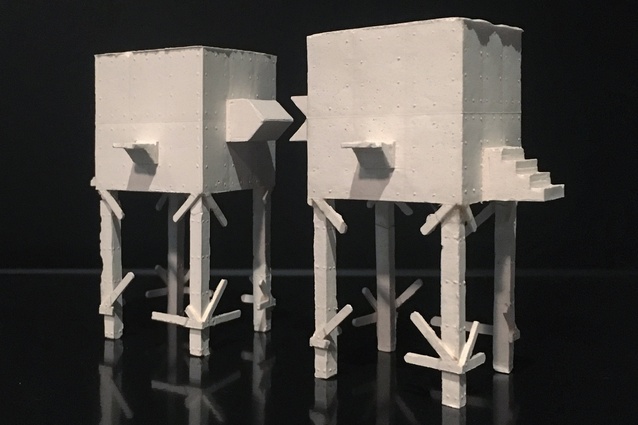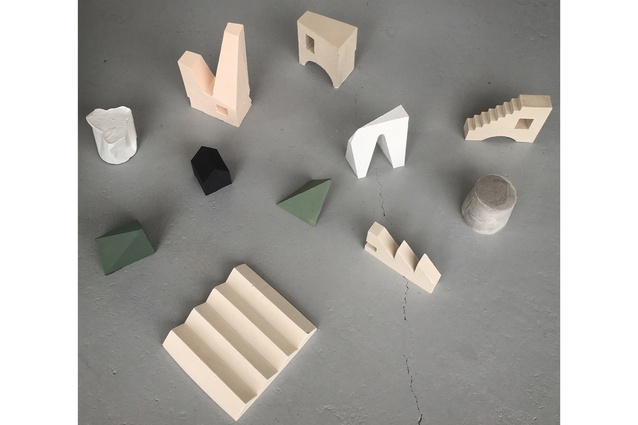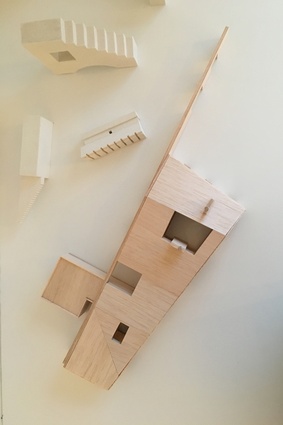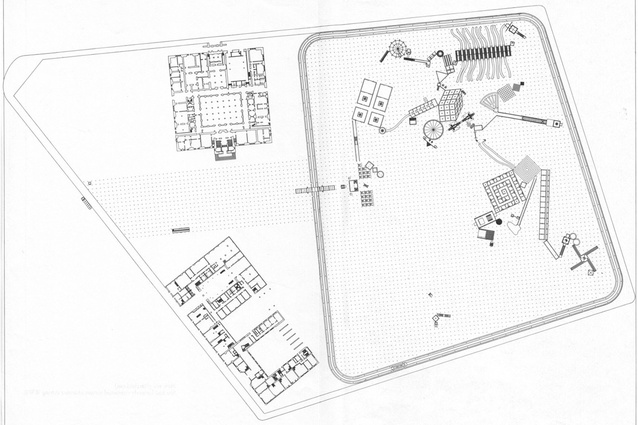“Engagement is the key”: Phil Redmond
Phil Redmond, the Christchurch-based architect behind Phil Redmond Architecture & Urbanism (PRau) talks to Camille Khouri and Federico Monsalve about the influences and ideas behind his firm’s award-winning projects. Redmond’s recent residential project, Rhodes House, is featured in Urbis 105 (August-September 2018).
Urbis: Can you tell us a bit about your professional background?
Phil Redmond (PR): I studied architecture at RMIT university in Melbourne. I returned to Christchurch in 2008 to work with Thom Craig who had just established his practice. In 2010, I left the practice and was weighing up returning to Melbourne to do my PhD or setting up my own practice. I had the opportunity to do a few interesting projects here and decided on that route. A few months later, Canterbury’s earthquakes began. I would still like to do my PhD at some stage.
Urbis: Does that mean you’d give up your practice for a life of academia or do you see both co-existing?
PR: Co-existing for sure, the basis for my PhD would be a further development of the built work and subsequent built work would be a development of the PhD.
Urbis: You wrote a very interesting thesis while at university. Can you tell us about it?
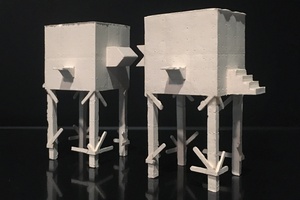
PR: It was titled Investigations into an Architecture Cast. It was a quasi process/narrative investigation into architecture that casts a collection of characters together to form something ‘other’. These characters can be extracted as site- or project-specific references or personal theoretical references.
The idea is to create a loaded architecture that, when experienced, asks to be read. Users engage with the work through moments of familiarity. Good architecture engages people and provokes opinion, positive or negative. There is no correct way to read the play we set up, the play does not matter; being read makes it successful.
Urbis: It has echoes of post-modernity, right? This idea of the reader being crucial to the meaning of the symbol.
PR: Correct, engagement is the key; subversion of characters through programmatic requirements may render them as subtle traces however, the presence of these symbols may be absent, cast as void, a present absence.
Urbis: How do these learnings feed into your work?
PR: I have been developing my thesis through practice since. All our projects are heavily loaded with these ‘characters’. It allows for project-specific responses rather than a development of a ‘style’.
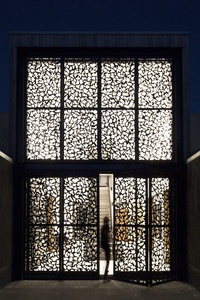
Urbis: More specifically, how can we view your Rhodes House project through this filter?
PR: Good question, that is up to the viewer. The client will read the house a lot differently than an architect. They would find moments of familiarity with the home they lost in the quakes whereas an architect may read elements of Carlo Scarpa or Alvaro Siza. In the same vein, a local Christchurch resident would read it differently to someone from overseas.
Urbis: How do you feel about the way Christchurch is shaping up, post-quakes?
PR: There is a lot of missed opportunity here. It is really frustrating to see as a local architect. However, there are some great projects completed. It is really unfortunate when you have a series of developers buying up large portions of the CBD and pumping out repetitive large buildings. I am hopeful that the city’s development will shift into finer grain, smaller, in-between development, allowing for really interesting projects. For me, that will be the success or failure of the CBD.
Urbis: Who are your main influences?
PR: I like architects that work on the fringe of the industry, or ones who are obscure. I find artists work in architecture more interestingly than architects. John Hejduk would be my main architectural influence. Gordon Matta-Clark, my favourite artist.
Urbis: What work of Hejduk’s would you recommend and what, in your view, makes him significant?
PR: Hejduk did not have very much work built, but all his built projects are a direct reflection of his theoretical work. His work Victims, is my recommendation. Set in Berlin on the site of a Nazi torture chamber, Hejduk sets up a framework of 67 architectural characters that develop over 60 years; loss, memory and time are explored in this project. They are ideas that all fold back into my work.
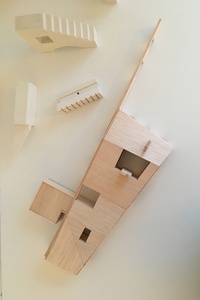
Urbis: Do you think either Hejduk’s or Matta-Clark’s work is relevant in a New Zealand context or are there themes/aspects of their work that could have significant resonance here?
PR: Absolutely, every culture has history, even young ones. The ideas in their work explore this. Hejduk’s and Matta-Clark’s work are very site specific, they relate directly to the context they are set within. The ideas behind the works are universal, so transferring the idea to a different context results in a different outcome.
So to answer your question, yes, the ideas work in the New Zealand context. To be site specific is not purely a response to the physical landscape, there is more to it than that. When stripped back, architecture is about people, feelings, memory and relationships to space. Integration within landscape or appropriating cultural references is only one element of an architectural response.
Uribis: What is your design process?
PR: Each project asks for a different process. The moment that sparks an idea can be pretty erratic. It could be while drawing, painting, listening to loud music, casting plaster characters or making models.
Urbis: How did the initial process of design for the Rhodes House start?
PR: It actually started with investigation into Parisian roofscapes, which may sound a little bit strange. Funnily enough, this is a character which still exists in the house.
Visit PRau online at philredmond.co.nz and follow them on instagram @pr_au.

